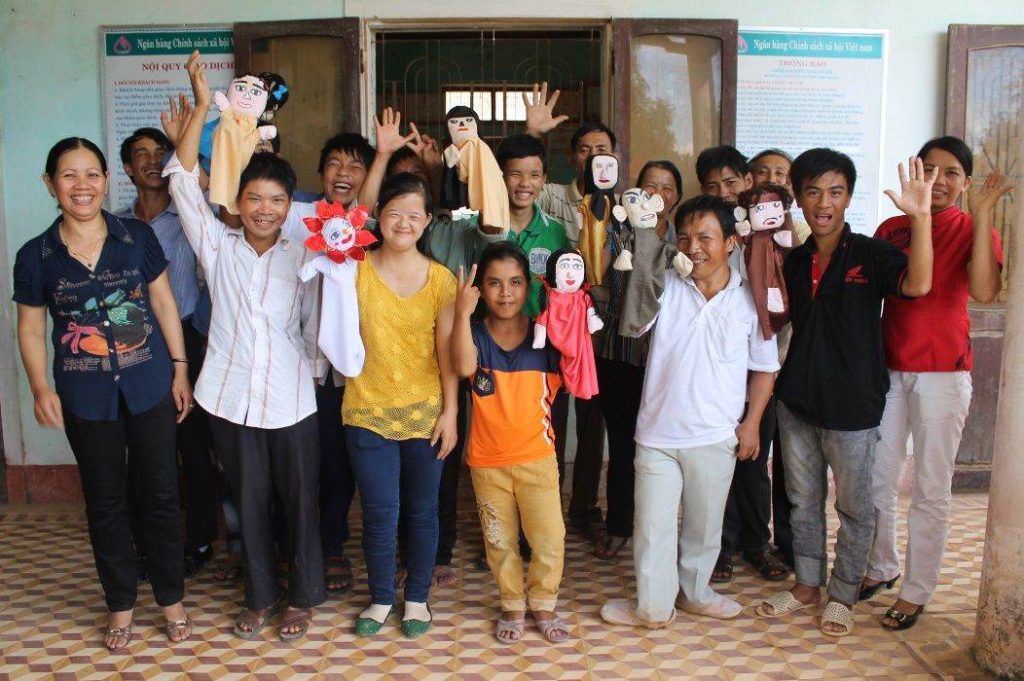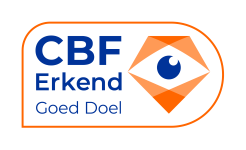Background
In the health system of Vietnam, village health workers (VHWs) are grassroot based that are closely connected with villagers and are often called the “extended arm of the health sector”.
VHWs are not employees of the government; they are local community volunteers who receive special training for their community health work. The network of VHW is an important component for providing health care at the village level. The VHWs link the commune health centres with the villagers. They live in the villages where they work and provide simple health care and counselling to people, most of whom they know. The services given by VHWs are very important not only for the villagers but also for the government health system, especially to reach the poor and those living in remote areas with limited access to quality medical care.
MCNV’s responses
For many years MCNV has been helping to develop capacity and improve the quality of work of the VHWs in the three provinces of Cao Bang, Phu Yen and Quang Tri. In these provinces, the VHWs have established their own organizations called the Village Health Workers’ Association (VHWA) which function as local NGOs. Currently, these VHWAs are forming a network of approximately 3,000 members. The establishment of the VHWAs came in response to the expressed needs of VHWs in the provinces to foster learning and sharing for professional capacity improvement. In addition, they make it easier to voice the concerns of VHWs and villagers at higher health levels.
One of the most important tasks of VHWs is to give health educational communication at the grassroots level, as pointed out in Circular 07/2013/TT-BYT of the Vietnam’s Ministry of Health. To improve the quality of this kind of work, MCNV has helped the VHWAs learn and successfully apply many creative methods for behavior change communication (BCC). Some methods often used for BCC activities in the community include drama, shadow drama, folk composing and singing, participatory video, photo-voice and puppet shows. Although different in terms of techniques, these two-way methods of communication improve the interactions between VHWs and villagers and are applicable to almost any community health problem. The VHWAs now have good experience and skills in these methods, contributing to making people change their knowledge, attitudes and practices for better health in a more effective way. In the period of 2011 – 2015 the three VHWAs have used these methods to provide 807 communication events for different target groups and the communities, attracting the attention of over 26,500 people.
Achievements
The VHWAs are highly appreciated by local authorities and other organisations. For the past years the three VHWAs have cooperated with different organisations in the health sector, such as food safety departments, centres for HIV/AIDS prevention and district health centres, in community BCC actions. In Quang Tri, for example, the VHWA has trained groups of people living with HIV so that they can organize social events to communicate with villagers about HIV topics. The VHWAs also have good experience in working with ethnic minority groups in the border areas. One of the VHWA’s remarkable interventions is about using creative methods of BCC to communicate with groups of ethnic minority teenagers in some communes along the Vietnam – Lao PDR border, aiming at tackle the problems of unsafe sex practices and unexpected pregnancy.
The VHWAs also often train and collaborate with community based organisations, especially disabled people’s organisations, in using creative methods as a tool for expressions and life-skills development. In Quang Tri, the VHWA has been invited by other INGOs, including World Vision International and Handicap International, to provide trainings on creative methods of BCC for their partner organisations. In 2013, the VHWA joined in a consultancy mission together with MCNV to provide similar trainings to the UNFPA’s partners in Ben Tre and Hai Duong provinces. Earlier, the VHWA used to give such trainings for health workers and volunteers in Noong district, Lao PDR. In short, the VHWAs are now capable of providing technical support in creative BCC for health development projects/actions.

The working model of the VHWAs in Cao Bang, Phu Yen and Quang Tri has been reported to and appreciated by the Ministry of Health. These three VHWAs could play an important role in upscaling the model to other provinces in Vietnam in future.




